Curious Bones
Skeletal sculptures find playful inspiration in grim materials

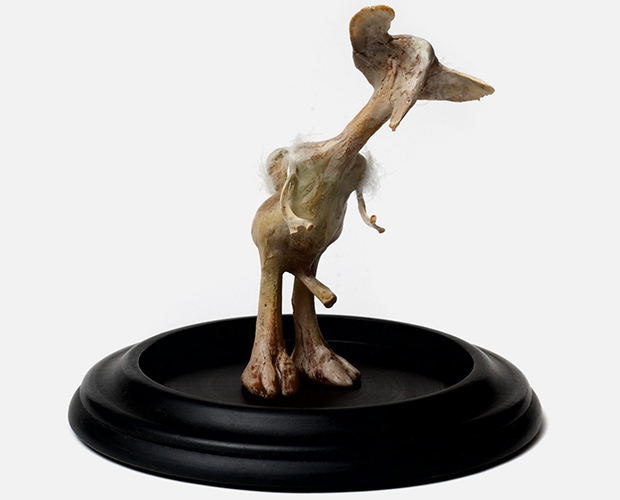
Like a collection plucked from an old Victorian curiosity cabinet, Suzanne Hagerstrom’s bone sculptures have the unanticipated effect of delighting the macabre corners of our childish minds. Far-removed from the trends and memes of the art world, Hagerstrom has been quietly producing the figurines for decades in pursuit of her own charming obsession. She creates anthropomorphic critters from her imagination, drawing from myths of impossible animals like mermaids, wood sprites and, sometimes, even the jackalope.
Hagerstrom works out of her studio in Sag Harbor, NY, where nature remains her chief inspiration. About the origins of her work, the artist explains, “I turned over stones all the time and collected snails and turtles. I had a garbage can with snake eggs that I watched hatched. I had a magical childhood.” To this day, Hagerstrom sources her material from nature, gathering up bones of long-dead wild animals and domesticated fowl. She fuses the bones with a clay that is baked and painted to match the off-white patina. The hair, she admits, comes from a number of sources not limited to clippings from her dog, a friend’s fur coat and her own locks.
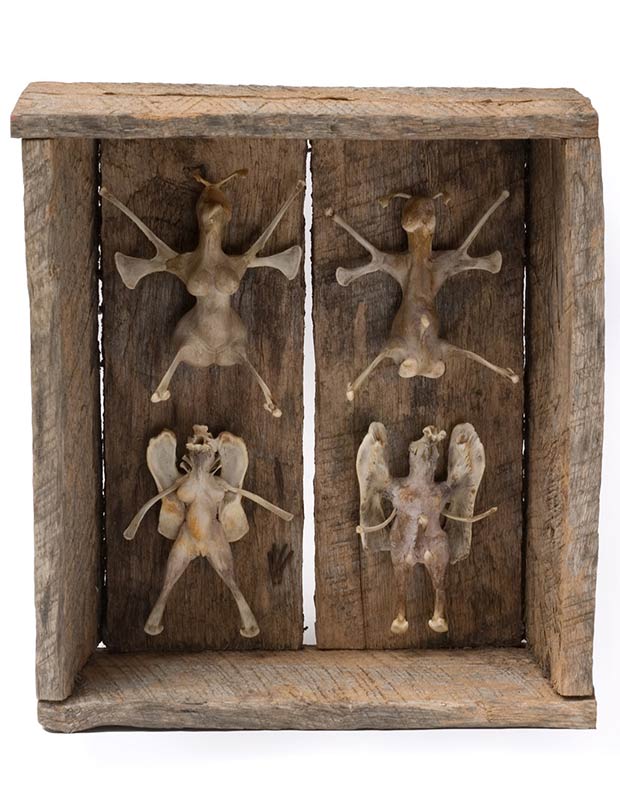
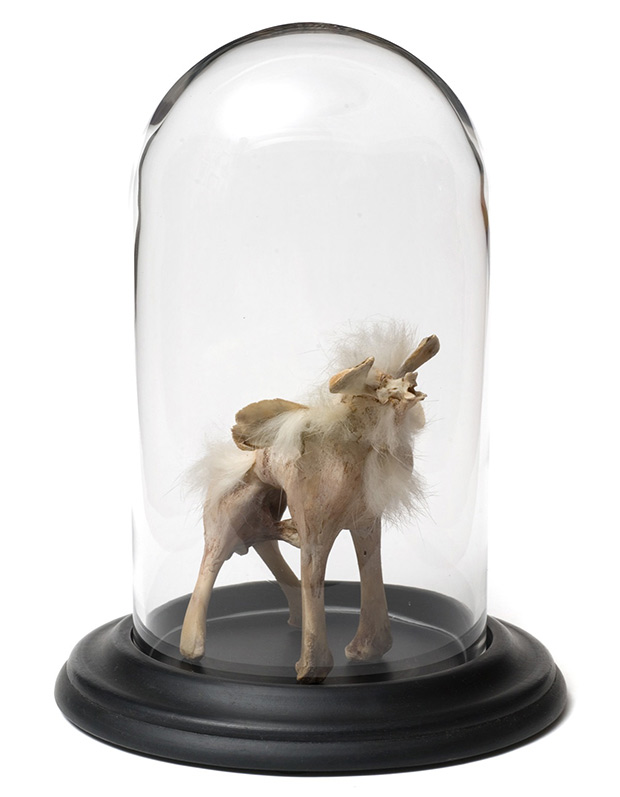
“I love the idea of peering in, the voyeuristic aspect,” says Hagerstrom. While she admits her audience is limited to those with a stomach for morbid representations, it’s hard to deny her creatures are, in their own way, rather cute. They are convincing as well, as Hagerstrom relates, “People do ask, ‘Where did you find this?’ If I’ve painted them correctly, then they do look like living creatures.” She is fascinated by the story of a Fiji Mermaid, a hoax made of fish parts to resemble a real mermaid. “Of course it was found out, but I prefer to believe that, yes, that was a mermaid.”
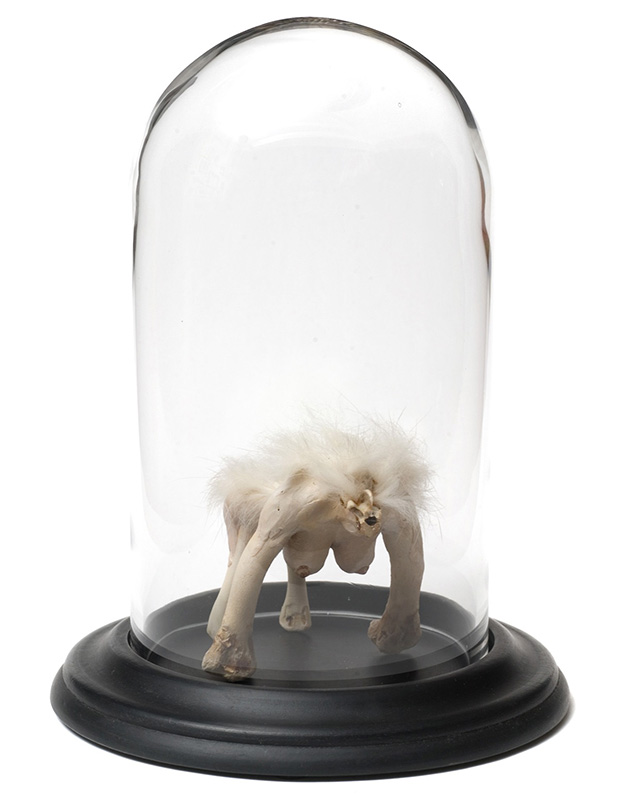
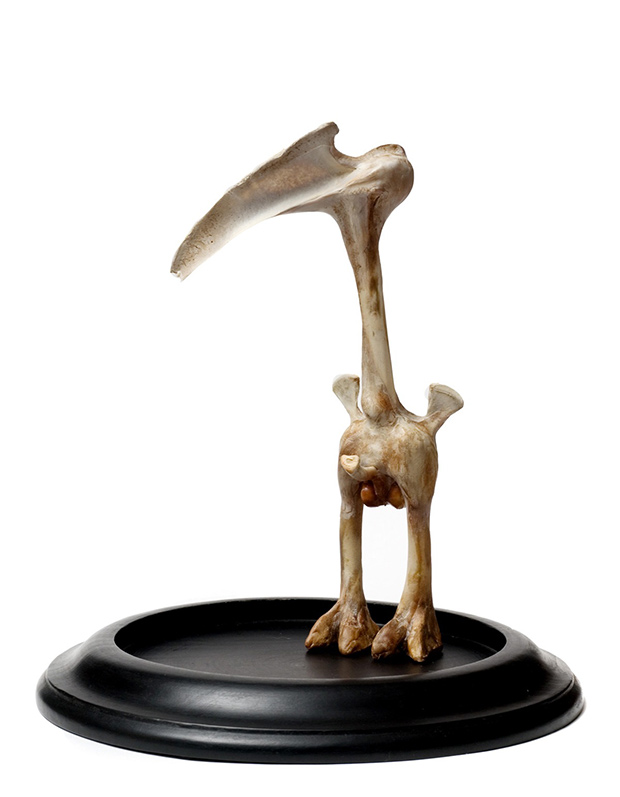
Hagerstrom’s creativity over the years is truly inspiring. Some of her past work includes a piece called “Leda and the Dead Duck” as well as an autobiographical series that used her own hair to decorate the sculptures. “It is play,” she explains. “It is the best kind of play because it is a meditative play.” Explaining her standards for good art, Hagerstrom admits, “If I’m moved by it and there isn’t a vocabulary for it yet, then that’s something really special. That’s what I want to engage in.”
We initially came across Hagerstrom’s work at her exhibition at artMRKT in the Hamptons last summer. While Hagerstrom doesn’t have any current exhibitions in the works, she did hint at the possibility of an upcoming project that riffs off the Pinocchio tale. Interested buyers should contact Julie Keyes of Keyes Art Projects for pricing and availability.












